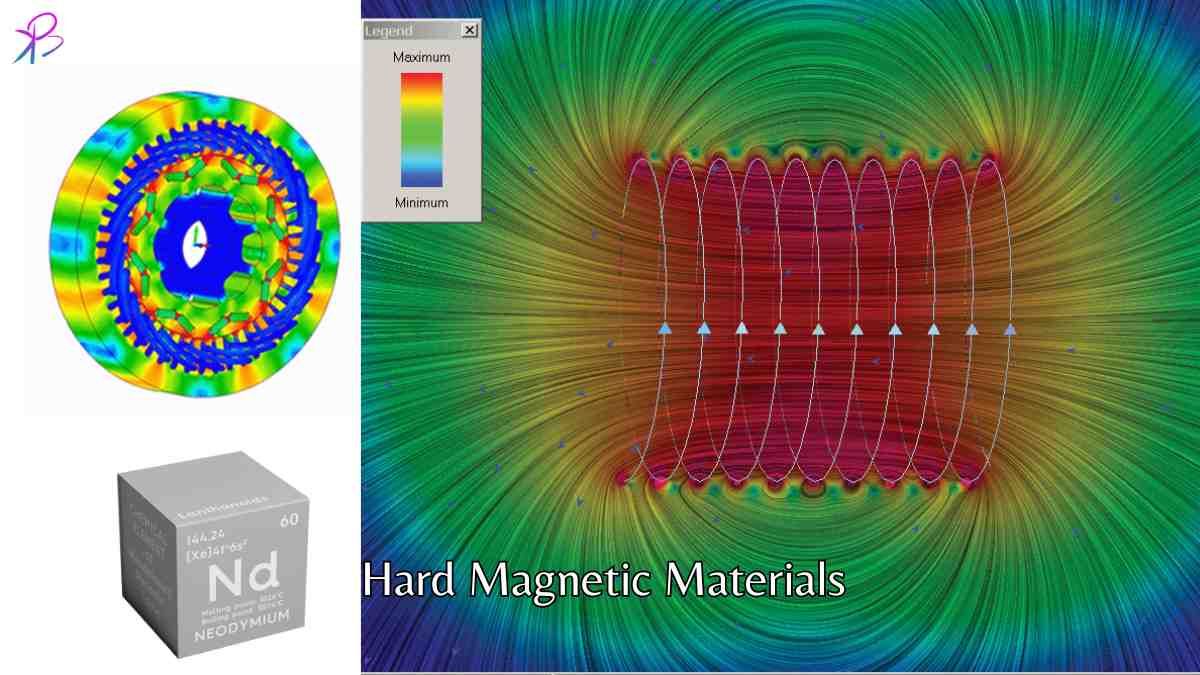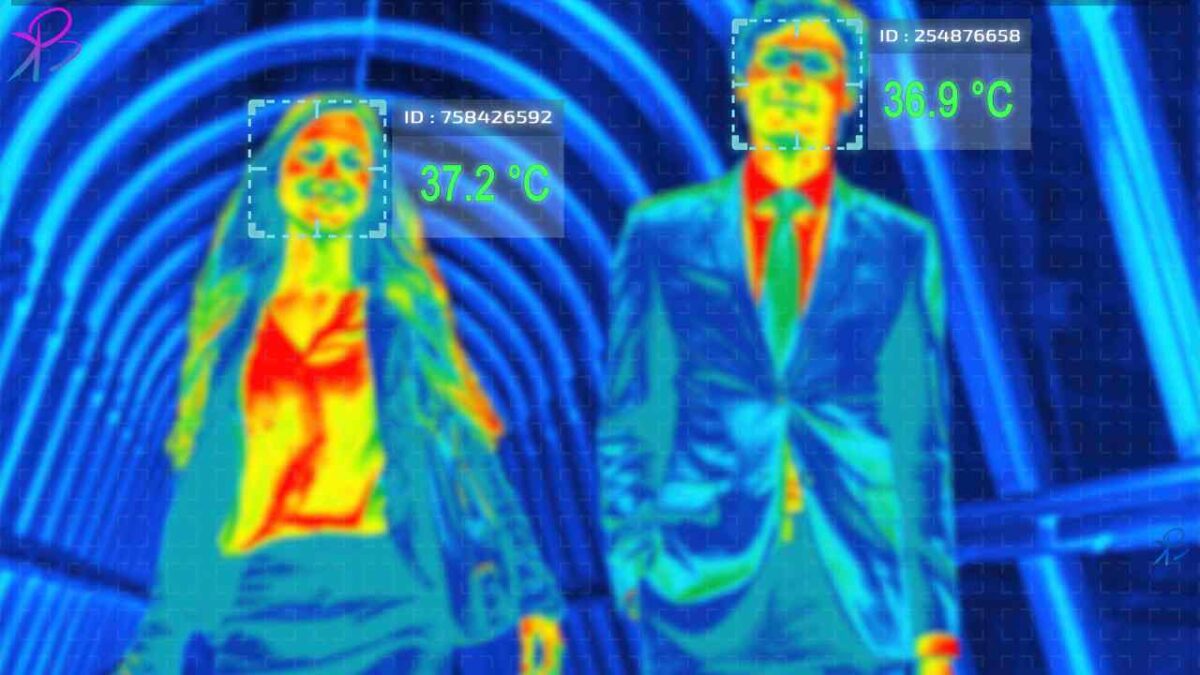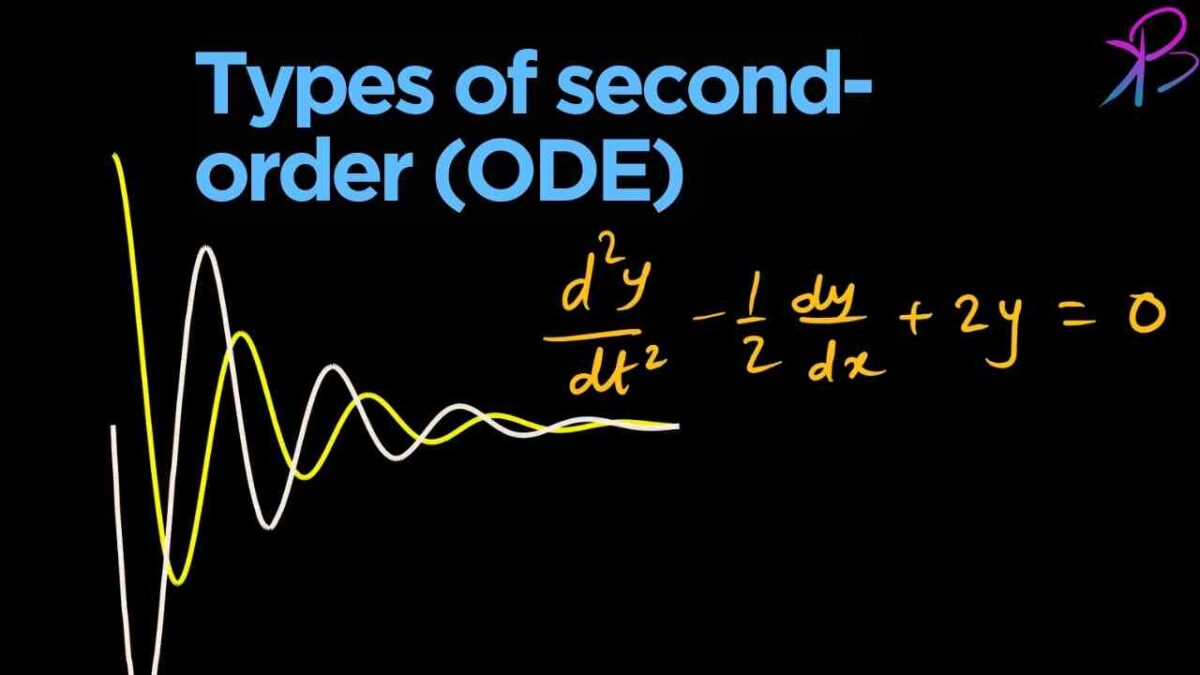NASA Awards SpaceX : In a groundbreaking move, NASA has selected SpaceX for a critical mission: de-orbiting the International Space Station (ISS). This contract, valued at $843 million, entrusts Elon Musk’s company with developing a new spacecraft designed specifically to retire the ISS safely by 2030. This mission, part of the broader ISS retirement plan, […]









